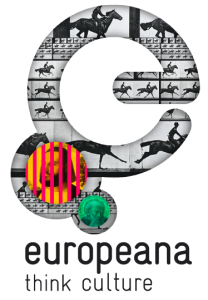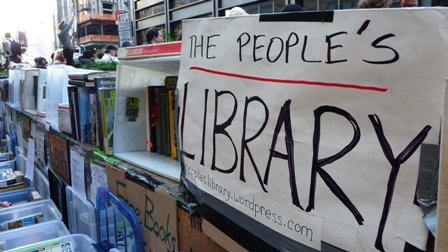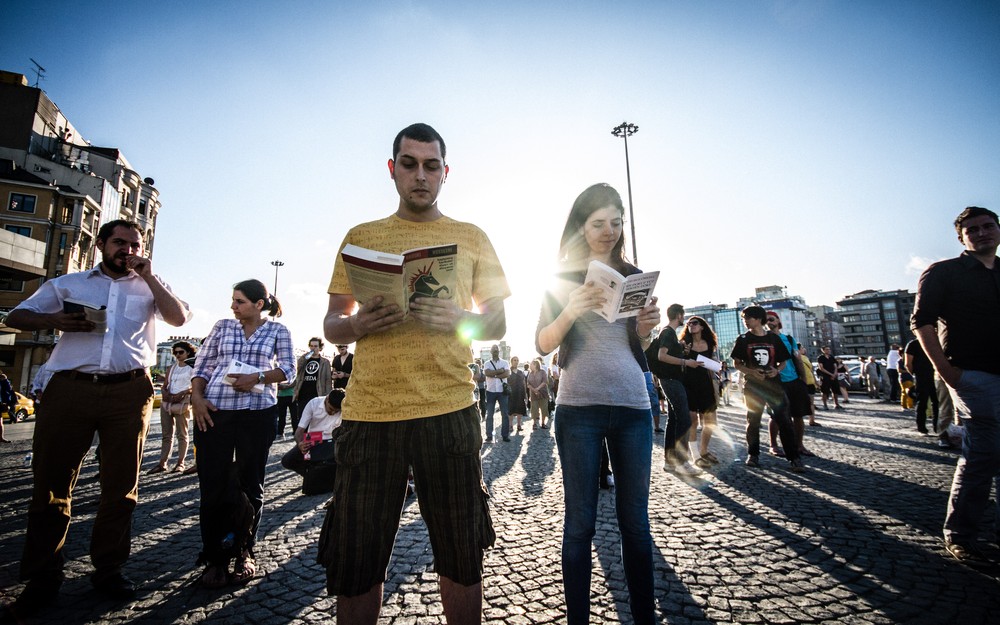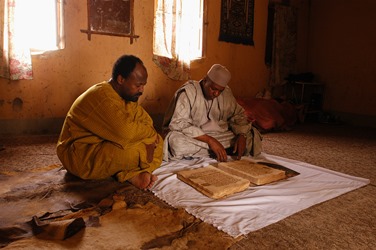Europeana.eu is an internet portal that provide access to millions of digital and digitized books, paintings, films, museum objects and archival records that have been digitized throughout Europe. It is so far the largest digital library in Europe.
This project began in 2005 as a conversation among national leaders in European countries about building an integrated library to share European culture with the world. The result of this conversation was the creation of European Digital Library Network (EDLnet), launched in 2008 with the Beta version. It started with 4.5 million cross-discipline, cross-domain digital items from over 1,000 contributing organizations all across Europe, including national libraries, galleries and museum collections, and so on. Europeana came out to replace EULnet in February 2009. This collection hit 10 million digital objects in 2010. Up till today, more than 2,000 institutions across Europe have contributed to Europeana, some of the best known ones include Rijksmuseum in Amsterdam, the British Library and the Louvre. There are also plenty of regional and local collections, including archives and museums from members of the European Union contributing to this collection. Some interesting items in this collection include digitized Mona Lisa by Leonardo da Vinci, Girl with a Pearl Earring by Johannes Vermeer, the works of Charles Darwin and Isaac Newton and Wolfgang Amadeus Mozart’s music pieces.
With such an impressive collection, Europeana tries to make active use of its digital objects and share them with the world. To achieve this goal, they work hard on customizing their website. Their browsing and search functions are also well designed. They set up different organizing groups for browsing: fields, titles, creators, subjects, dates/ periods, places for browsing. When users search a term, the search box will show up other relevant and more specific search terms as a drop-down list to choose from.
Serving as an online portal, Europeana does not have the full content available on their website. However, on every item’s record page, a link guides users to the host library. Users can follow the link to the host library to use the materials. Europeana contributing libraries have open download link to their digital materials. On an item’s record page, there are links to share on social networks, or sent to email. There is also a Wikipedia link so that users can read more about it on Wiki. Also, the record can also be translated into 40 major languages around the world.
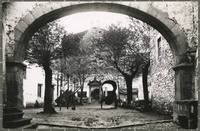
Interior de les Àligues, posteriorment seu de la Universitat de Girona. (Public domain image accessed through the Europeana Digital Library.)
Another neat feature of Europeana is that curates digital exhibitions on various themes. They bring up items related to the theme and attach them with detailed information. This collection is still growing: check the new content page for their recent additions. They are also experimenting with new projects, such as 3D ICONS ( digitizing archaeological monuments and buildings in 3D), ATHENA (aggregating museum content and promotes standards for museum digitization and metadata), Europeana Regia (digitizing royal manuscripts from Medieval and Renaissance Europe), and many more.
References:
1.Europeana. http://www.europeana.eu/
2.Europeana-wikipedia. http://fr.wikipedia.org/wiki/Europeana


